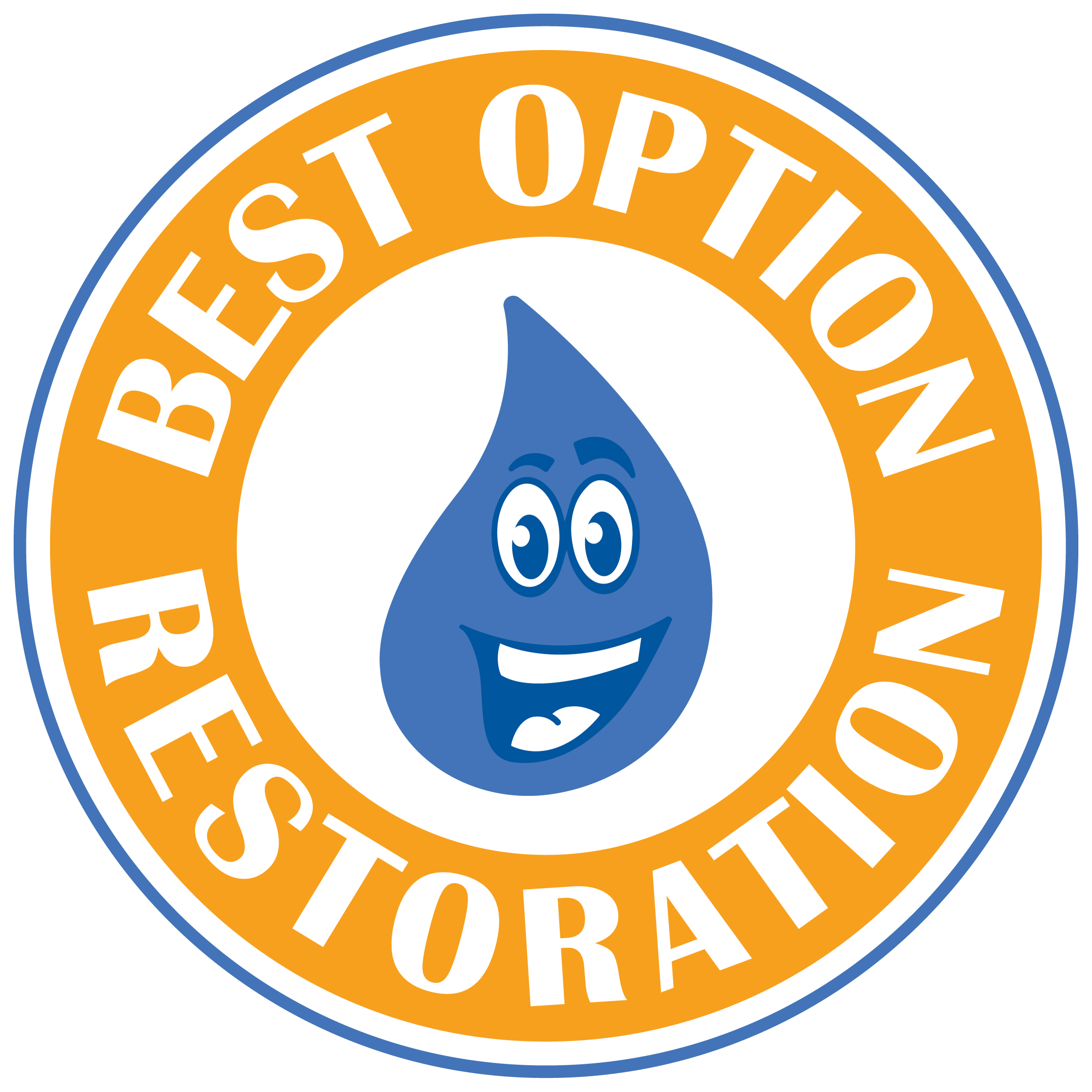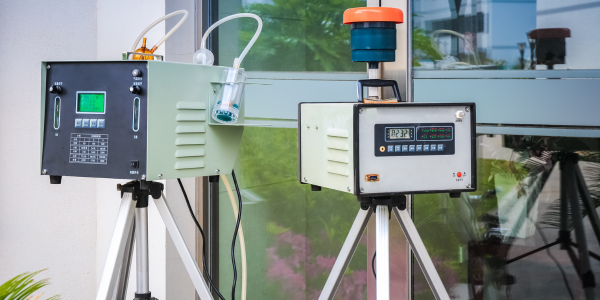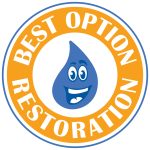When a natural disaster strikes, much of the focus falls on immediate damages, rebuilding efforts, and ensuring safety from structural issues. But one subtle yet serious consequence often lingers long after the initial shock: compromised air quality. Whether it’s the residual smoke from wildfires, mold spores after a flood, or pollutants expelled by damaged materials, disasters can create invisible threats in the air. Technology is increasingly stepping in to offer smarter responses to this issue with tools that deliver real-time insights into air safety and help clean indoor environments quickly and efficiently. This article looks at how air quality technology is transforming the way we handle post-disaster monitoring and cleanup.
Why Air Quality Faces Challenges After Disasters
Disasters leave behind more than debris. When buildings burn, plastics, paints, adhesives, and other chemical compounds release hazardous fumes into the air. Flooded spaces trap moisture, creating conditions ideal for the growth of mold and bacteria. Even after visible cleanup is done, these problems can persist, leading to health problems such as respiratory issues, eye irritation, and allergies among occupants.
Older approaches relied heavily on manual inspections and laboratory testing, which are time-consuming and not always accessible in real-time. Today, technology provides new methods that allow restoration professionals and public safety officials to monitor and fix air quality faster and more accurately than ever.
Air Sensors with Real-Time Feedback
Compact air quality sensors have grown more powerful and affordable. These devices can measure multiple pollutants including carbon monoxide, volatile organic compounds (VOCs), and particulate matter. Once deployed in disaster-hit areas, they transmit data instantly, giving a clear view of air quality conditions at any given moment. This capability is useful both for emergency response teams and for homeowners trying to determine when it’s safe to reenter their homes.
Technology providers often design these sensors with long battery life and wireless connectivity, making them easy to use in environments with limited access to power. Many also feature GPS tracking, which allows professionals to identify specific hotspots where pollutant concentrations are higher.
Machine Learning for Expedited Analysis
Responding effectively depends on being able to understand large sets of data quickly. This is where machine learning models can be helpful. Trained on data from thousands of past disaster events, these models can predict which contaminants are likely based on the type of disaster, materials affected, and meteorological data. Predictive outputs help teams decide what protective measures are necessary, which ventilation tactics to prioritize, and how best to deploy filtration systems.
Machine learning also improves the calibration of sensor devices. Continuous updates based on changing data sets improve their accuracy over time. With the growing use of connected home systems, these devices may soon become a common fixture in both residential and commercial recovery approaches.
Smart HVAC Integration
After a disaster, one of the biggest risks comes from reintroducing contaminated air back into homes through heating and cooling systems. Traditional HVAC systems often circulate harmful particles unless they are retrofitted with filters that are capable of capturing the type and size of those particles.
New air quality technology includes smart HVAC solutions that react to air quality sensor feedback. These systems adjust airflow automatically and increase purification efforts based on sensor readings. HEPA-grade filters are often combined with activated carbon layers to tackle both physical particles and chemical pollutants. Some setups also include UVC light mechanisms, which target biological contaminants, adding another layer of protection.
IoT Devices Monitoring Indoor Environments
The Internet of Things (IoT) has pushed air monitoring into a new generation. Beyond simple sensors, entire systems of interconnected devices communicate their findings continuously to central hubs. For example, sensors placed throughout a building can create a full map of air quality conditions inside the structure. This gives restoration teams localized insights, allowing them to focus on problem areas first rather than taking a generalized approach.
Notifications delivered via mobile apps or alert systems can inform residents or team members when certain thresholds are crossed. Some platforms also provide actionable suggestions such as opening windows, running purifiers, or evacuating a particular room. As these systems evolve, AI will likely begin automating these suggestions into direct actions, removing the human step altogether.
Drone Technology for Broad Monitoring
For larger disaster areas, such as communities affected by wildfires or chemical spills, drones offer excellent utility. Equipped with advanced sensors, drones can hover or patrol areas, collecting real-time airborne data. They are useful for charting smoke dispersion, VOC concentrations, and changes in wind direction that may affect how pollutants spread.
Drones also improve safety for monitoring teams. Rather than walking into unknown and potentially toxic areas, they can gather sufficient environmental data from a distance. Especially during the early response phases, drones offer a faster and safer first glance at the severity of air contamination.
AI in Air Purification Systems
Modern air filtration systems have adopted artificial intelligence to better tackle problems on the fly. Rather than operating at one consistent setting, AI-powered purifiers analyze incoming data and respond by modifying fan speeds or purification cycles. This not only saves energy but also adapts to fluctuating pollution levels, which are common after a disaster.
Some systems include learning features, which adapt to a home or building’s specific air quality trends over time. This makes them particularly useful during the days and weeks of cleanup after a flood or fire, when contamination levels don’t follow predictable patterns.
Biological Contaminant Detection
Developments in technology now allow for quicker detection of mold spores, harmful bacteria, and even certain viruses. Devices equipped with bioaerosol sensors can alert teams to the presence of airborne biological matter that might otherwise go unnoticed during routine inspections. This allows for more targeted treatments using ozone generators, foggers, or antimicrobial sprays.
In flood-affected spaces, mold proliferation can begin within days. Having a tool that not only confirms the presence of mold but predicts where it will spread can save unneeded demolition or removal of materials. Speed is one of the most influential factors in stopping indoor biological threats before they become more widespread.
Integrating Systems Through Central Dashboards
A major goal in modern restoration is achieving clear oversight. Centralized dashboards make it easier to manage multiple technologies at once. From one screen, a user can monitor indoor sensor readings, receive alerts from UAVs, adjust HVAC purifiers, and assess machine learning predictions. This kind of interface improves decision-making and simplifies coordination between subcontractors, property owners, and emergency response teams.
They also provide documented records of air quality trends, which can be useful when filing insurance claims or demonstrating compliance with health authorities. Central dashboards often come with cloud access features, so data is never lost when a device is damaged or goes offline temporarily.
Role of Data Analytics in Long-Term Safety
Once the immediate recovery period is over, ongoing air monitoring should not be neglected. Many pollutants remain in the environment long after signs of damage have been repaired. Advanced analytics platforms compare post-disaster air readings with baseline local norms, revealing subtle but important differences in long-term air quality. Property managers and homeowners can schedule secondary filtering runs or deep cleans to bridge these gaps, reducing the chance of health complaints later on.
Historical data also helps improve responses for future events. By learning from previous incidents, communities can build smarter response plans and even detect warning signs early during upcoming events.
Improving Safety Through Communication
Technology has changed the way we talk about air quality after disasters. With mobile-enabled notifications and public dashboards, communities are more informed, and individuals can take action independently. Apps that sync with home sensors allow residents to know when to leave a space, increase ventilation, or deploy additional filtration. Schools, hospitals, and commercial buildings can keep occupants safer with minimal delays between detection and mitigation.
Communication platforms are especially helpful for people with asthma or compromised immune systems who rely on precise air quality data to make health-related decisions. It places control into the hands of the people affected most, giving them more transparency during what is usually a very uncertain time.
Looking Ahead to Smarter Disaster Recovery
The growing use of disaster air monitoring tools signals a shift toward finer control over post-disaster recovery environments. As restoration businesses, we continue to explore more accurate, faster, and smarter tools to protect our clients’ health and property. AI-powered systems, sensor-based feedback loops, and real-time alerts are helping us avoid secondary damage that once went undetected for weeks or months.
Air quality technology isn’t just a smart upgrade, but a necessary part of managing post-disaster recovery more thoughtfully. With the rise in frequency and severity of natural disasters, staying prepared means investing in tools that offer faster insights and better remediation paths for cleaner, healthier airspaces after the dust settles.


